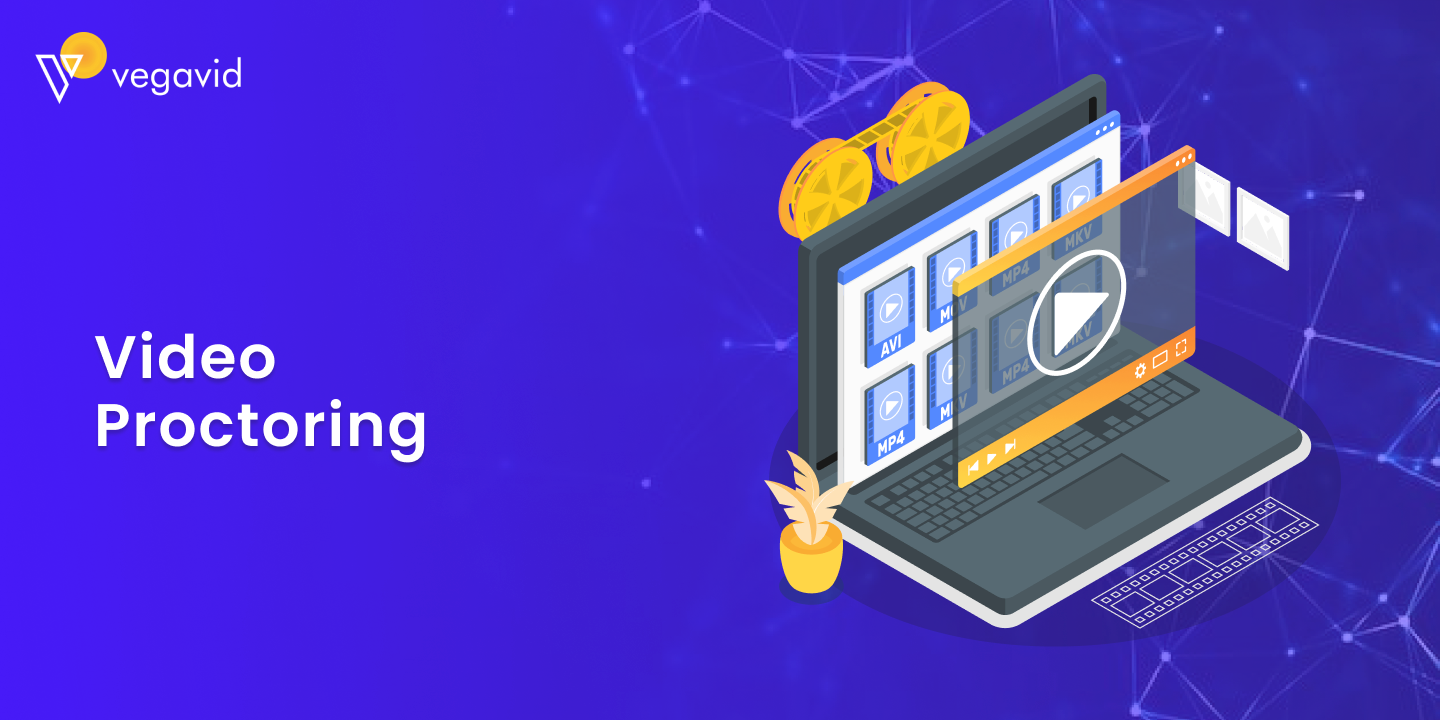
Video proctoring, also known as remote proctoring, is a technology that allows exams and assessments to be conducted online in a secure environment. It utilizes webcams and software to monitor test-takers during the exam and deter cheating.
Here’s a breakdown of how video proctoring works:
- Before the Exam: Test-takers typically download special software or access a web portal to initiate the exam.
- Identification Verification: The software will often require a valid ID scan to confirm the test-taker’s identity.
- Room Scan: The proctoring software may prompt the test-taker to swivel their webcam around the room to ensure they’re in a permitted testing environment and no unauthorized materials are present.
- Live Monitoring: During the exam, the test-takers webcam and screen activity might be monitored live by a proctor or recorded for later review. Some systems use AI to detect suspicious behavior, like looking away from the screen for extended periods.
- Test Completion: Once finished, the test-taker submits the exam electronically through the proctoring software.
Benefits of Video Proctoring:
- Increased Accessibility: Allows exams to be taken from anywhere with a stable internet connection, providing flexibility for test-takers.
- Reduced Costs: Eliminates the need for physical testing centers, potentially saving on administration costs.
- Enhanced Security: Deters cheating by monitoring test-takers and preventing unauthorized access to exam materials.
- Scalability: Enables exams to be administered to many test-takers simultaneously across geographical boundaries.
Potential drawbacks of Video Proctoring:
- Privacy Concerns: Some users express discomfort with constant webcam monitoring, raising privacy issues.
- Technical Challenges: Relying on internet connectivity can be risky if a test-taker experiences internet outages during the exam.
- Unequal Access: Test-takers may not have access to a reliable computer, webcam, or quiet testing environment, creating an uneven playing field.
- Potential for Bias: Concerns exist around the potential for bias in AI-powered proctoring systems that flag certain behaviors.
Video proctoring offers a convenient and secure way to conduct exams online. However, it’s crucial to weigh the benefits against potential drawbacks and ensure fair and accessible testing practices are implemented.











